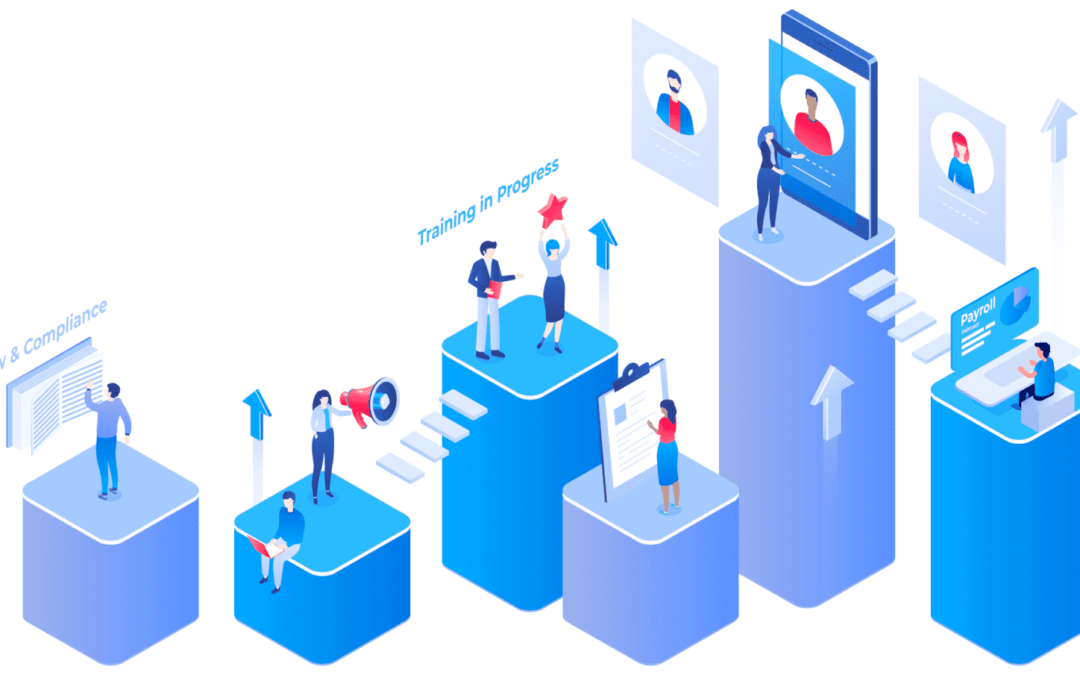What should be HR’s focus in a fast-growing organization?
In a rapidly growing organization & world, the role and responsibilities of HR become tough in ensuring the company’s success by effectively managing employees and employers, its most valuable asset: its people. HR focuses on the organization’s growth, mission, and vision, and addresses the unique challenges associated with rapid expansion.
Here are the top areas to focus on for HR in a rapidly growing organization:
Talent Acquisition & Recruitment:
- Attracting and hiring top talent quickly is crucial. HR should have efficient and scalable recruitment processes to fill positions promptly.
- Develop a strong employer brand to attract high-caliber candidates.
- Implement technology solutions such as applicant tracking systems to streamline recruitment.
Onboarding & Orientation:
- Design a proper onboarding process to help new hires integrate into the organization smoothly.
- Provide quality training and orientation to ensure employees understand the company culture and their roles.
Employee Development and Training:
- Implement training and development programs to upskill and rehire employees.
- Identify quality employees & provide career development opportunities.
Performance Management:
- Set up a clear performance management system with regular suggestions feedback and goal-setting.
- Ensure performance evaluations are fair and consistent.
Employee Engagement:
- Create a positive work environment to make employees engage with work and motivate them.
- Conduct regular surveys and feedback sessions to track employee satisfaction.
Compensation & Benefits:
- Stay updated in the market to compensate employees properly
- Make sure the compensation structure matches with the company’s growth strategy.
Compliance and HR Policies:
- Keep up to date with employment laws & regulations, especially as the organization expands into new regions.
- Design and maintain HR policies that show the company’s values & growth objectives.
Organizational Culture:
- Promote the organization’s culture.
- Communicate core values & cultural norms consistently.
Change Management:
- Change organization policies according to the things.
- HR should implement change management processes to minimize confusion.
Diversity, Equity, and Inclusion (DEI):
- A diverse and inclusive workplace, ensuring that DEI initiatives are integrated into all HR functions.
Technology and Automation:
- Adapt HR technology and automation tools in your organization to make processes and manage data easily.
- Use analytics to make HR decisions.
Succession Planning:
- Identify & develop future leaders within the organization to increase company growth.
Health and Wellness:
- Support employee well-being by offering wellness programs and resources, especially as workloads increase.
Communication and Employee Relations:
- Maintain open channels of communication to address employee concerns promptly.
- Foster positive relationships between HR and employees.
Scalability:
- HR processes and systems can scale with the organization’s growth
Risk Management:
- Identify and solve HR-related risks, such as issues related to compliance, employee relations, and reputation.
Data Security and Privacy:
- Safeguard your employee data and ensure compliance with data privacy regulations.
Global Expansion (if applicable):
- If the organization is expanding internationally, HR should explain the complexities of global employment laws, cultural differences, and talent management to their employees.
In a quick-growing organization, HR must be agile, adaptable, quick to learn, and future thinking(HR Shared Services). It not only meets the immediate needs of the organization but also contributes to its long-term sustainability and success by nurturing a talented and engaged workforce.

